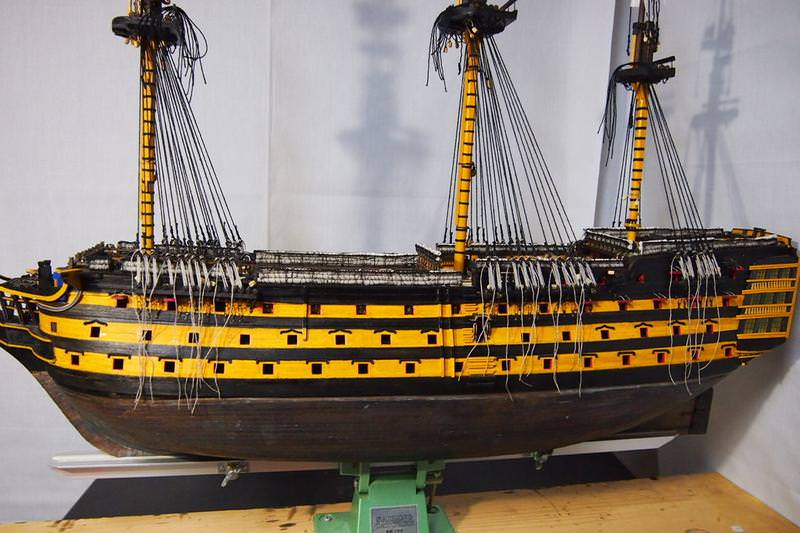@Kittyhawk: I too have read quite a bit about the Me 262. My own conclusions, based on all that reading/watching, are as follows:
1. Technically - FAR ahead of it's time in terms of the swept wing AND the axial flow engine technology. Apparently "easy" to handle once the speed was up, AND once the pilot got used to handing the throttles (a very significant lag in spooling up, plus no slipstream over the controls due to no propeller made ground and close to ground handling VERY "carefull" - or else). Also a VERY low engine TBO (time between overhauls) due to, by today's standards, not very advanced metallurgy, especially in the engine hot section. And you're right, "rough" handling of the throttles would indeed produce a flame out (but apparently, no more/less so than with Meteors - see below).
But a big advantage for the 262, it was very heavily armed for it's day - better than anything else on the Allied side, as indeed German aircraft were generally, apart from rare exceptions. AND from looking carefully at a Me 262 in the metal (in Münich), there's very good access to ammo stores, fuel, oxygen, etc, meaning very quick turn-rounds in the field (IF they could get fuel, which in this context is another story of course - aircraft being dragged out of their hides by harnessed cows to save fuel is a common story for example).
OTOH, the Gloster Meteor, the only Allied jet fighter example, had somewhat cruder and less powerful engines (very stall-prone centrifugal compressor, more so than the 262's axial compressor), so also needing VERY careful throttle handling of engines with very similar short life between overhauls - and for similar reasons to the above it seems (in the latter stages of WWII my Dad was working on early prototype jet engines, and the necessary Nimomic "super alloys" were apparently as rare as hen's teeth).
2. Tactically: As you say, both the 262 (and the "Meatbox") were MILES faster than anything else (once off the ground) and in both cases needed the aircrew to make significant adjustments to their previous anti-bomber tactics. Basically, my understanding is that you're right, the higher speeds meant MUCH larger turning circles, and neither a/c had much in the way of air brakes to slow down quickly (not at the start of their service lives anyway, and of course the Me 262 never got airbrakes - the designers got "overtaken by events"! The Korean War Meteor Mark F8 is a different story however).
But the better pilots on the 262 (don't forget, good experienced air combat pilots were becoming thin on the ground in Germany by the time the 262 entered service) quickly did adjust to the 262's high speed. It seems that the main tactics were to approach the bomber formations from the sides or in front and a bit above, dive down on a pre-selected bomber target, then use the speed to zoom-climb up out of reach of both the bombers' combined gunners and escorting fighters after just one guns firing pass. Having used the subsequent climb to bleed off their speed, the 262 pilot would then turn tightly and come in for another go at the bomber formation in a single pass, as described above.
In all the above I stress I am not now, and never was, a jet fighter pilot. I'm just a retired aircraft engineer with a lot of interest in aviation history.
As I've tried to outline above, there are MANY factors which come into the overall assessment, but my opinion is that the 262 was "better" all round than the "Meatbox" produced at the same time, and that ONCE OFF THE GROUND - WITH THE "RIGHT" PILOT - AND WITH ENOUGH FUEL - the 262 was most probably not only far ahead of it's time but was also better overall than anything the Allies could field at the same time.
HTH, but please note, the above is simply my own opinion, albeit based on a fair amount of "study".
And once again Kittyhawk, a superb model Sir.
Edit for a P.S: A very useful source is "Wings on my Sleeve" by Eric "Winkle" Brown. VERY experienced WWII Test Pilot who, amongst a huge number of types (including many German) flew both the Me 262 and your previous FW 190 "Butcher Bird". Highly recommended, on Amazon (both as hard copy and e-book) and numerous other places.




















































